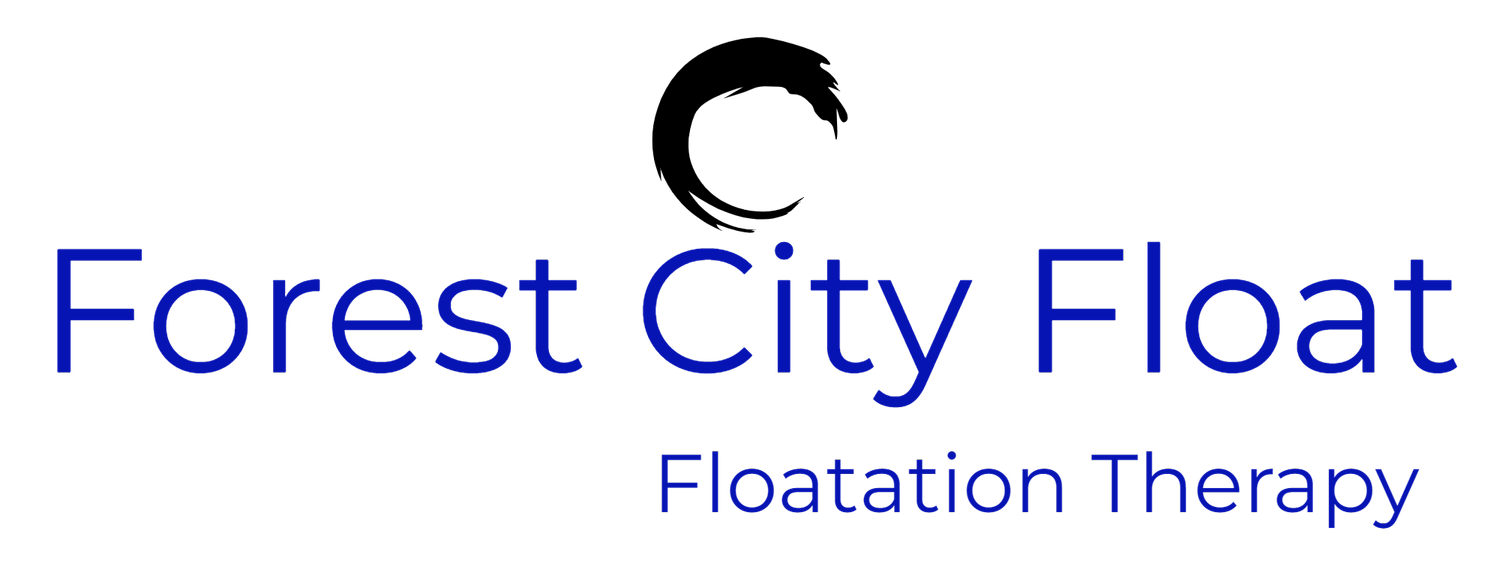History of Floatation Research
“The history of Floatation-REST (Reduced Environmental Stimulation Therapy) dates back to the 1950’s when Drs. Jay Shurley and John Lilly at the National Institute of Mental Health became interested in understanding how the human brain would respond to an environment devoid of external sensory input. The float environment systematically minimizes external sensory input to the nervous system including signals from visual, auditory, olfactory, gustatory, thermal, tactile, vestibular, gravitational and proprioceptive channels. Since its discovery, there have been a number of publications exploring the potential therapeutic benefits of floating. The most consistent observation to date has been significant reductions in levels of subjective stress and increases in relaxation as measured from pre- to post-float. Concomitant with these subjective findings, floating has also been reported to decrease blood pressure, heart rate, and cortisol levels. A meta-analysis published in 2005 found a large overall effect size for stress reduction, with most past float studies focused on healthy populations.” excerpt from ClinicalFloation.com
Published Studies
The Elicitation of Relaxation and Interoceptive Awareness Using Floatation Therapy in Individuals With High Anxiety Sensitivity
Authors
Justin S. Feinstein, Sahib S. Khalsa, Hung Yeh, Obada Al Zoubi, Armen C. Arevian, Colleen Wohlrab, Marie K. Pantino, Laci J. Cartmell, W. Kyle Simmons, Murray B. Stein, and Martin P. Paulus
Published in Biological Psychiatry CNNI 2018
Examining the short-term anxiolytic and antidepressant effect of Floatation-REST
Authors
Justin S. Feinstein, Sahib S. Khalsa, Hung-wen Yeh, Colleen Wohlrab, W. Kyle Simmons, Murray B. Stein, Martin P. Paulus
Published in PLOS ONE 2018
Promising effects of treatment with flotation-REST (restricted environmental stimulation technique) as an intervention for generalized anxiety disorder (GAD): a randomized controlled pilot trial
Authors
Kristoffer Jonsson and Anette Kjellgren
Published in BMC Complementary and Alternative Medicine 2016

